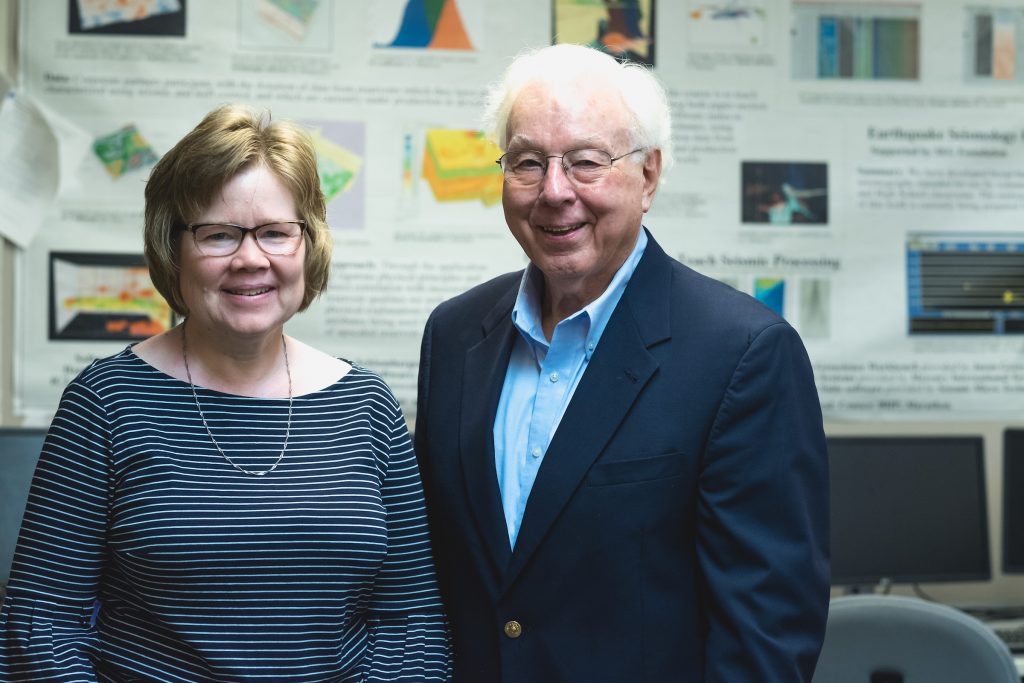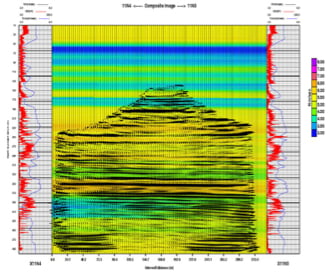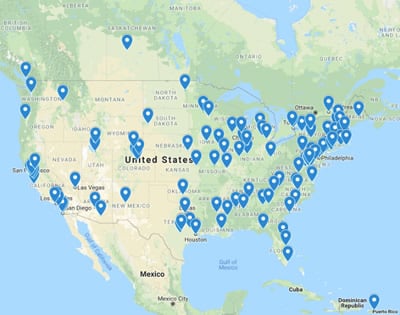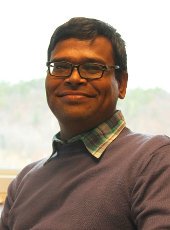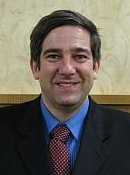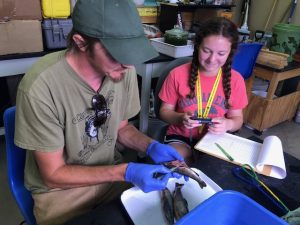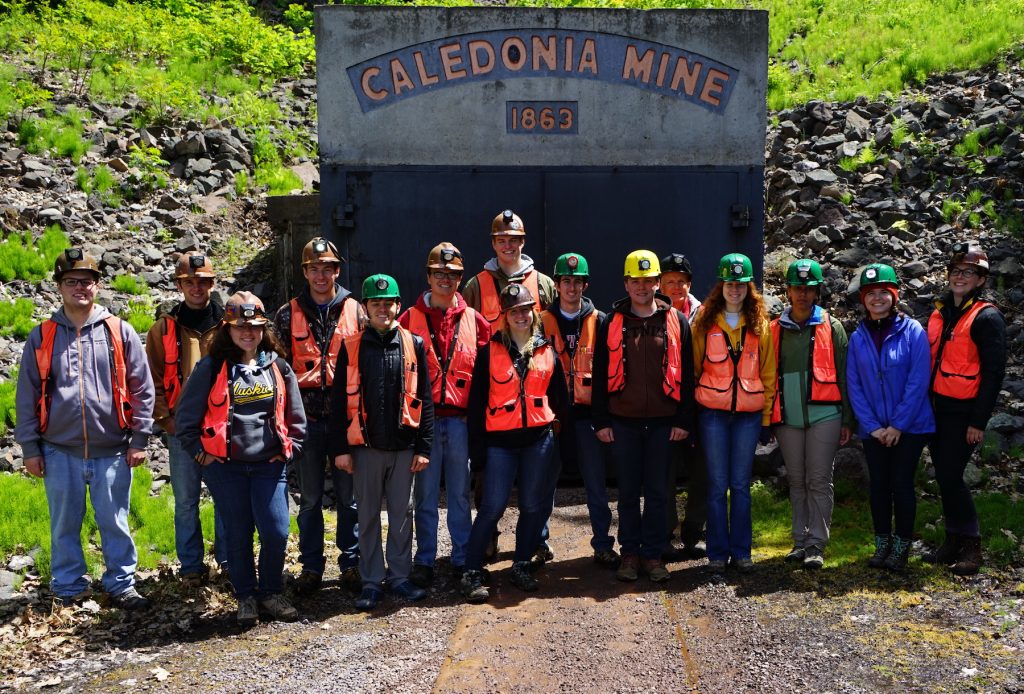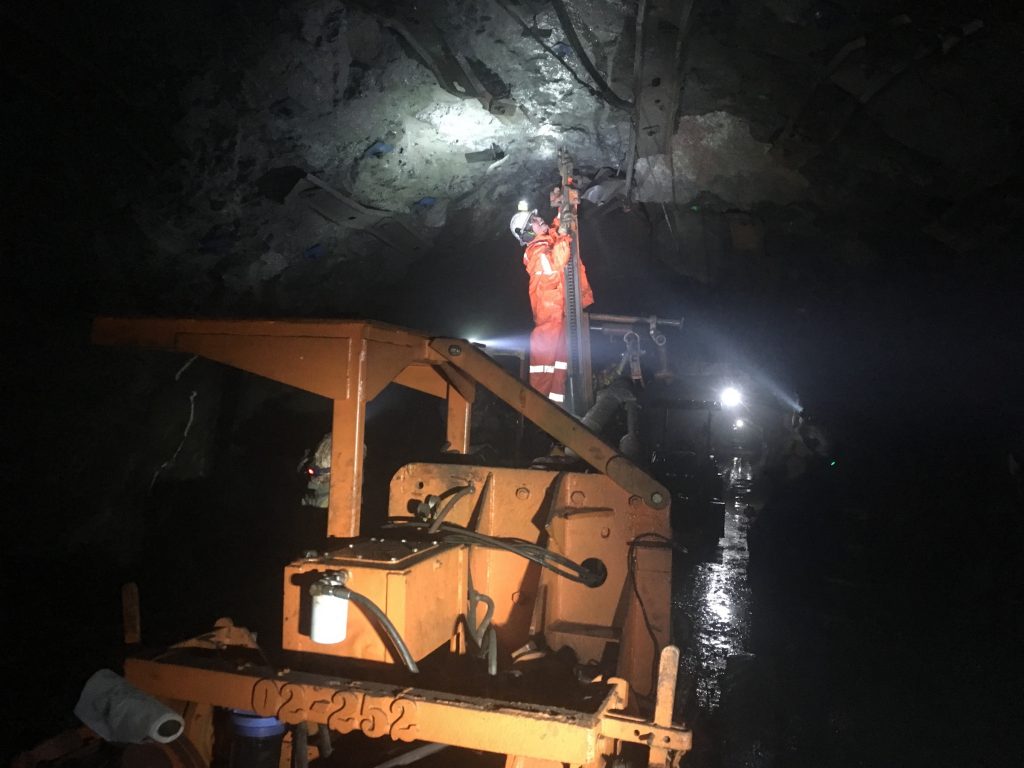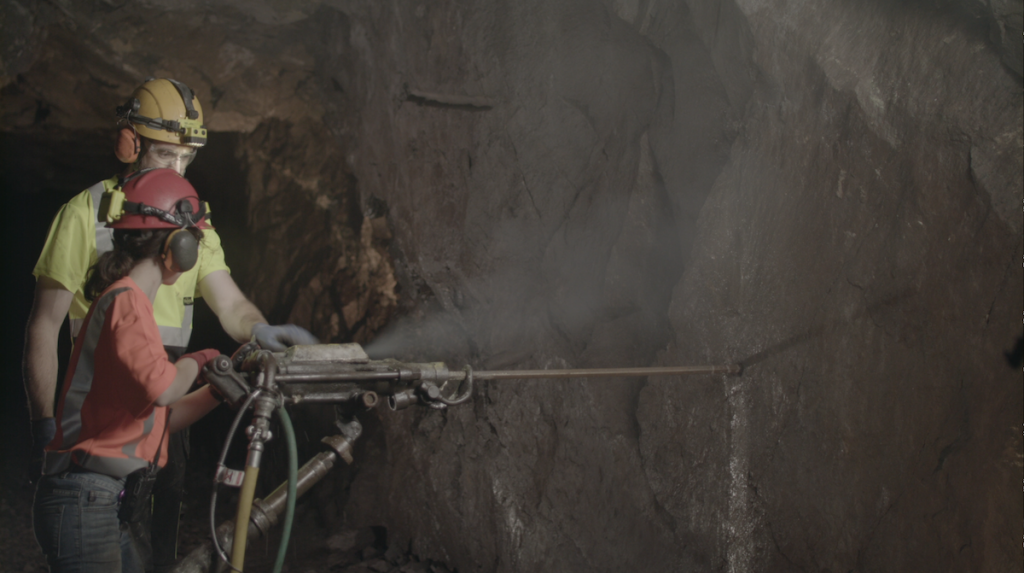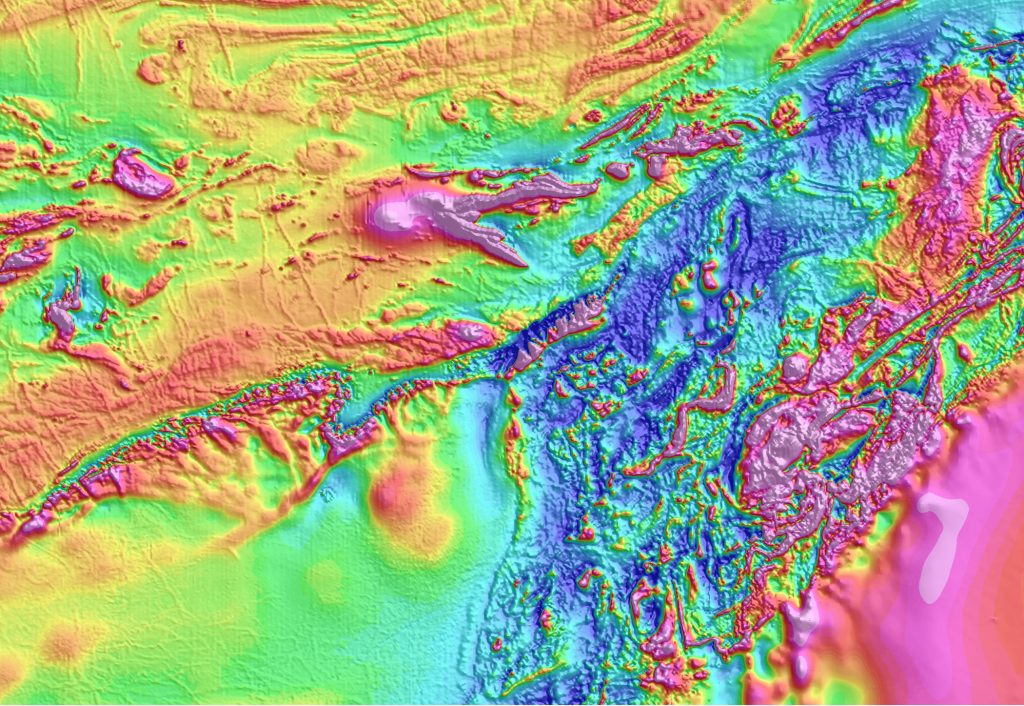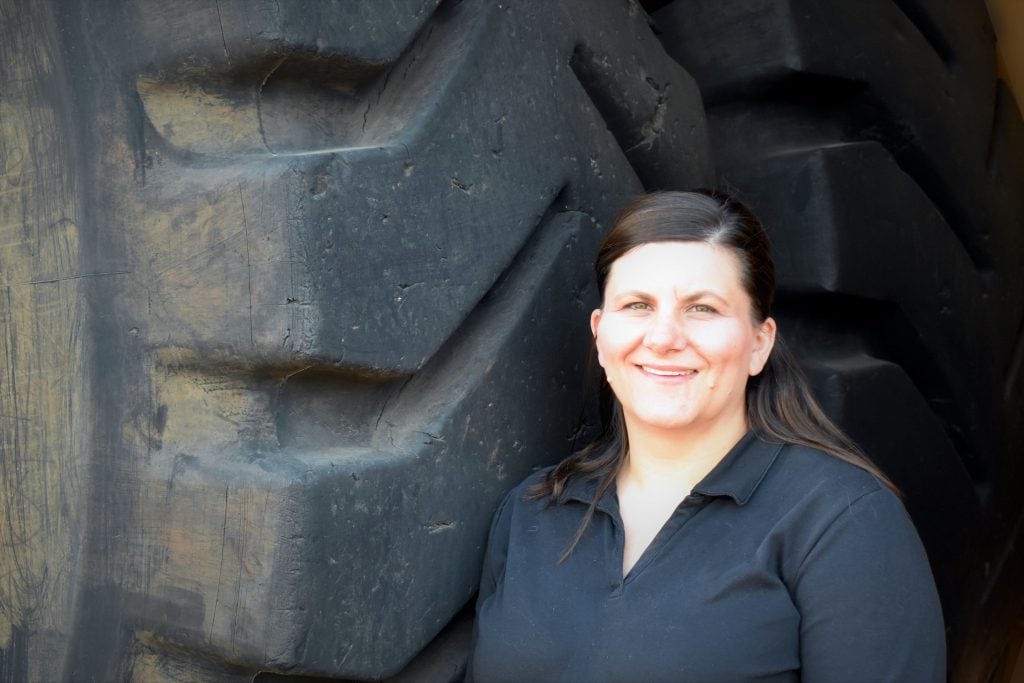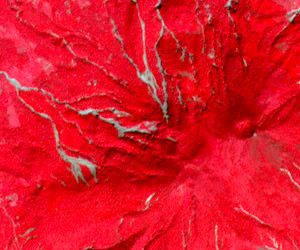The very first Michigan Tech team advanced to Phase 2 in the Society for Mining, Metallurgy and Exploration (SME) / National Stone, Sand, and Gravel Association (NSSGA) Student Design Competition, at the 2020 SME Conference. Michigan Tech was among the top six in the nation to advance.
The annual competition is a grueling two-phase, team-based, problem-solving activity involving a technical design and an oral presentation. The problem highlights the challenges and opportunities associated with operating a sand and gravel quarry, developing an overall design plan, and optimizing the operating methods and economics. Students work on the problem from the perspective of an engineering consulting team, responsible for the development of the pit and mineral processing plant configuration.
The interdisciplinary Michigan Tech team included mining engineering majors Ben Neely, Shawn vanDoorn, and Garrett Singer; geological engineering senior Ian Gannon; and chemical engineering senior (mineral processing minor) Erin Bowers.
“Nathan Manser, GMES faculty member and Michigan Tech ’01 mining engineering alumnus, is mentoring them exceptionally well,” said John Gierke, past chair of the Department of Geological and Mining Engineering and Sciences.
The competition’s Phase 1 design took place during fall semester on campus over a 21-day period. The top six teams were selected based on their design reports.
The team went on to compete in Phoenix, culminating with an oral presentation. They were asked to modify their design in response to a change provided at the start of the competition. They were also interviewed by industry practitioners during the course of their work.
Although our team did not make it to the podium, the judges complimented the novelty of their design and the diversity of their team.
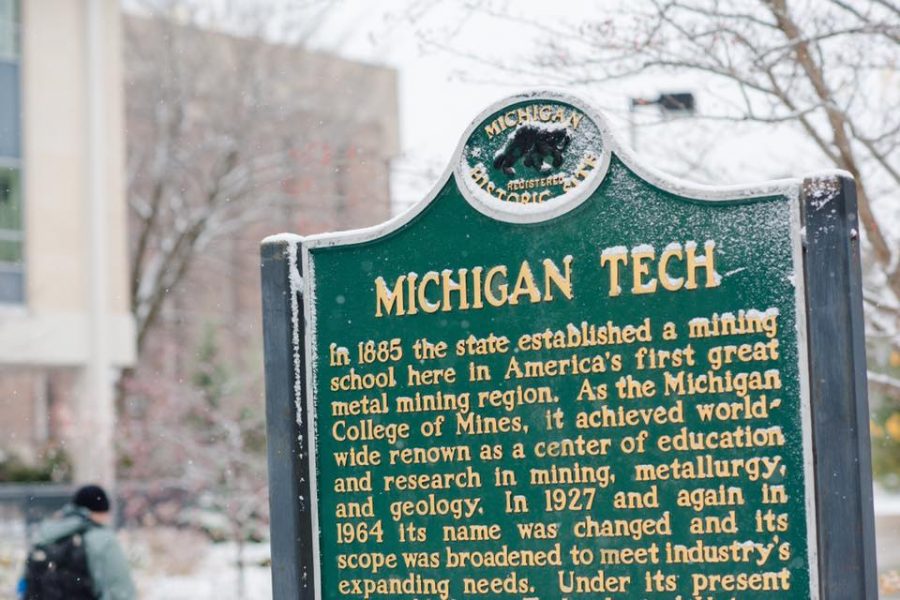
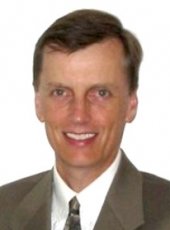
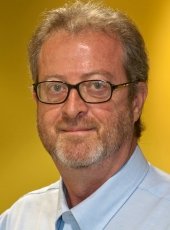
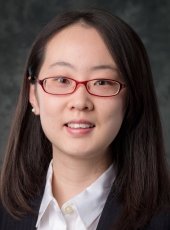
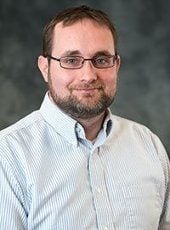

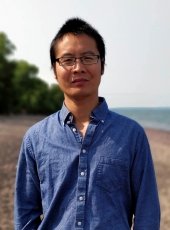

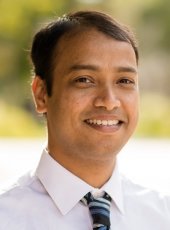
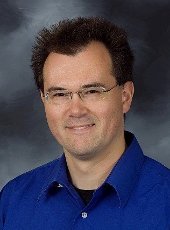

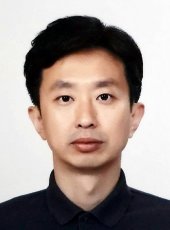
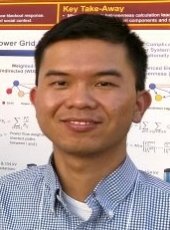
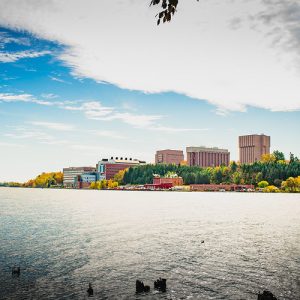 A total of 48 nominations have been submitted for the 2019
A total of 48 nominations have been submitted for the 2019 
